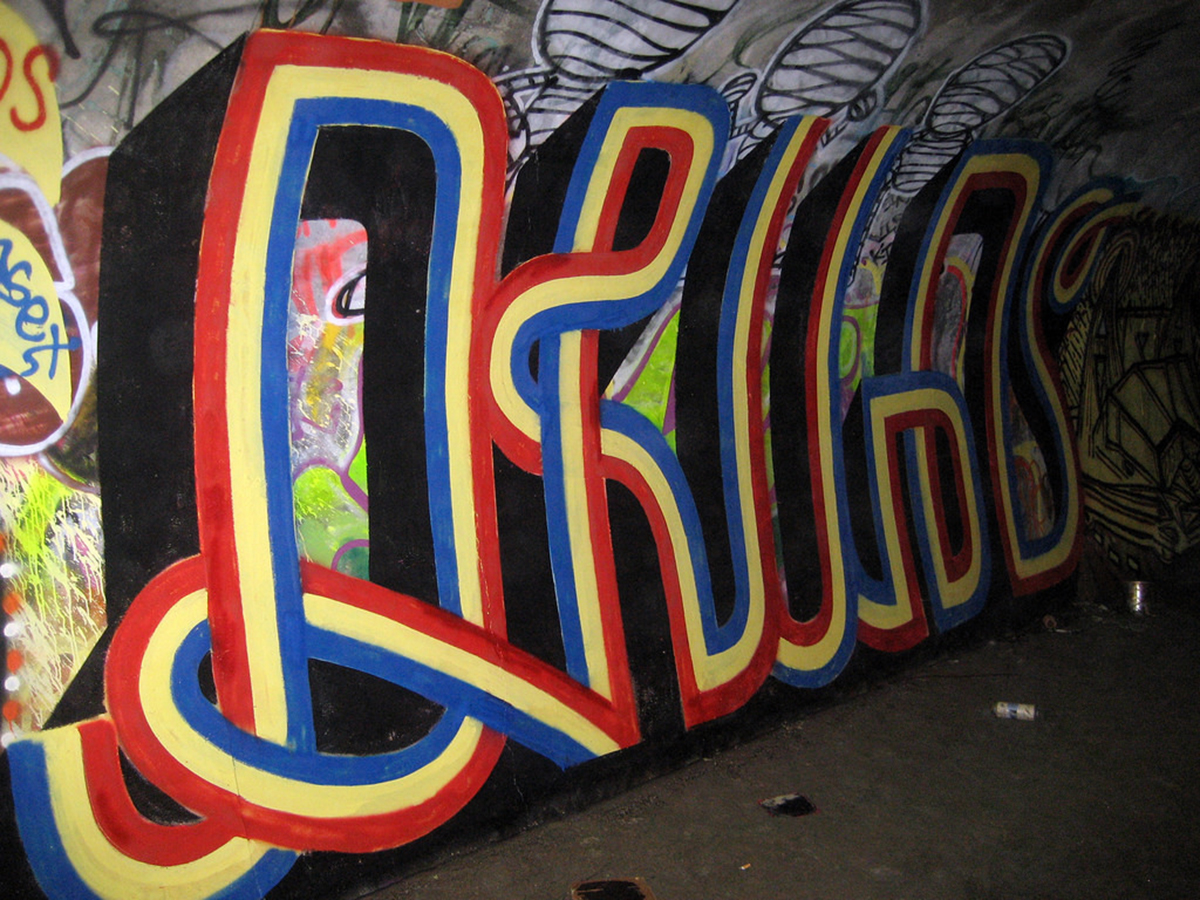Table of Contents
Forty years of a US war on drugs have proven at least one thing, that it is very, very difficult to stop international trafficking in illegal drugs. Advances in genetic engineering, however, may accomplish what drug enforcement has not, ending drug smuggling, but by replacing it with the ability for anyone to make the same drugs at home.

Who Is Behind Home-Brewed Heroin?
The funding for the research that will lead to the ability for anyone to make heroin, morphine, or cocaine with an at-home kit isn't coming from some criminal syndicate. It's coming from the American government, who are paying for research at institutions as diverse as the University of California at Berkeley, Texas Tech University, and MIT. The objective of this research isn't to take over the production of opiates. There are already legal poppy fields on the island of Tasmania that provide all the legal opiates needed for medication. And the plan certainly isn't to undercut criminal narcotics traffickers.
American scientists are genetically engineering yeast to make over 2500 different kinds of opiates for the simple reason that it is easier to duplicate these naturally occurring chemicals in the lab than it is to collect them from plants in nature. All 2500 of the natural opiates are made by plants through a process that starts with the creation of a chemical called S-reticuline. Then the plants generate enzymes that transform this base material into the alkaloid compounds we know as opioids.
A laboratory headed by Dr. John Dueber at the University of California at Berkeley has modified yeast so that they can make S-reticuline, and other laboratories around the United States are genetically engineering yeast so that it can make the individual chemicals.
What Legitimate Reasons Could There Possibly Be for Making Designer Opiates?
One of the most immediate applications for these home-brewed opiates is space travel. There is a limited amount of room on space stations for storing all the drugs that the crew might eventually need. It only takes a very small amount of yeast that can be grown in water and nutrients for harvesting needed drugs.
READ Mexican Scientists Discover A Vaccine That Could Cut Heroin Addiction
Another application of this research would be finding opiates that are safer and less addictive than the narcotics currently used in medicine and common on the street. A problem with nearly all opiates is that taking too much stops breathing. As millions of Americans know from personal experience, nearly all opiates are addictive. With the ability to make large quantities of over 2500 different opiate compounds in the lab, researchers can identify "new" drugs that relieve pain without causing stupor, or that don't carry the risk of asphyxiation, or that aren't addictive. It is also possible to collect plants in the wild (without endangering the species), grow them in a greenhouse, harvest them and process them for opiates, and then test them first on microorganisms, then on lab animals, then in small clinical trials, and then in large clinical trials for safety and efficacy. It will still be necessary to run clinical trials, but it won't be necessary to deplete stands of drug-producing plants in the wild.
- Michael LePage. Home-brew heroin: soon anyone will be able to make illegal drugs. New Scientist. 18 May 2015.
- Emiko Yozuka. DIY Morphine: Bioengineered Yeast Could Be Used to Brew Opiates. Vice. 18 May 2015.:
- Photo courtesy of drugscrew2: www.flickr.com/photos/drugscrew2/2903855070/
- Infographic by SteadyHealth
- Photo courtesy of drugscrew2: www.flickr.com/photos/drugscrew2/2903855070/

